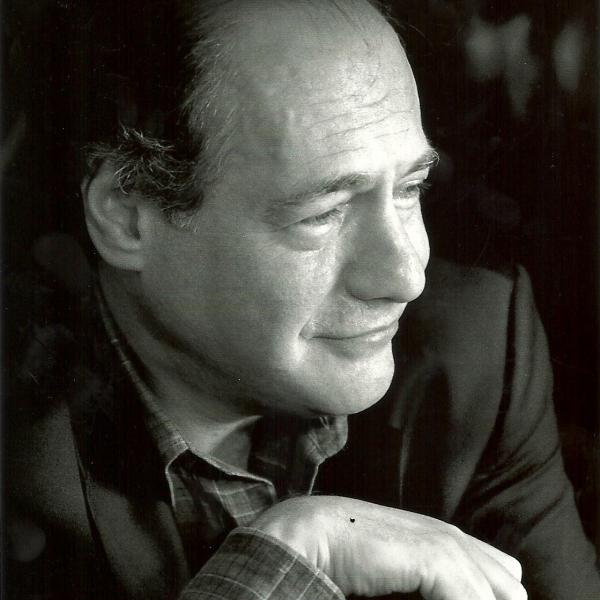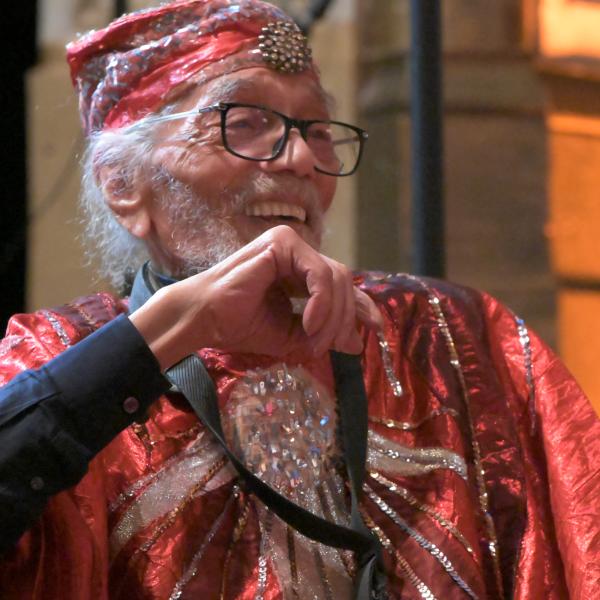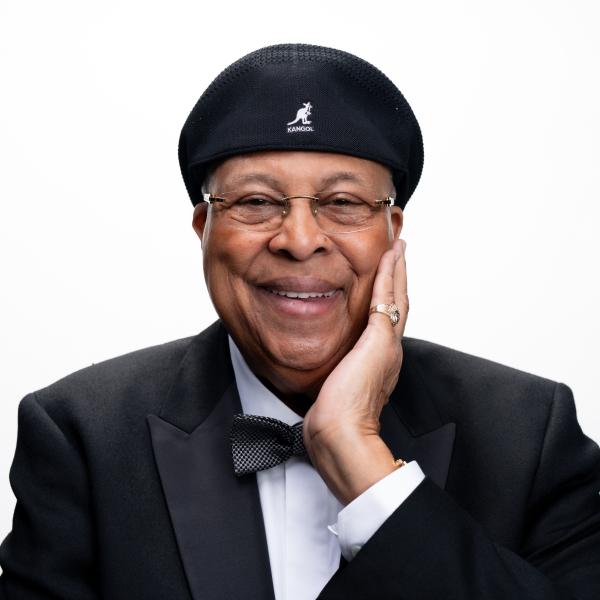NEA Jazz Masters: Tribute to Roscoe Mitchell
"It is such an honor to be included amongst these visionaries who, through boundless creativity and exquisite dedication to craft, continually compel us to reformulate our understanding of the artistry of sound. I’m humbled to be named NEA Jazz Master alongside those who have inspired me and mentored me, and am excited to see what music has in store for us in ages to come."
Roscoe Mitchell is considered one of the key figures in avant-garde jazz, integrating influences from everywhere—world music, funk, rock, classical—to create music that is at once beautiful and complex. He has been involved with the Association for the Advancement of Creative Musicians (AACM), a Chicago-based nonprofit organization founded in the mid-1960s to advance new creative music. Mitchell has performed on more than 85 recordings and written in excess of 250 compositions in the jazz and classical realms. He continues to pass down his musical knowledge of composition and improvisation, both in educational and performance settings.
Mitchell first played saxophone and clarinet as a teenager, and while stationed in Germany with the U.S. Army, he played in a military band. While overseas, he met and played with saxophonists Albert Ayler and Rubin Cooper in military parades and jam sessions. Returning to Chicago in 1961, he performed with a group of Wilson Junior College students who included bassist Malachi Favors and saxophonists Joseph Jarman, Henry Threadgill, and Anthony Braxton. Mitchell also began studying with pianist/composer Muhal Richard Abrams and joined Abrams' new Experimental Band, a group that explored extended forms of composition and improvisation.
In 1965, Mitchell became an inaugural member of the AACM, and his sextet became the first AACM group to record. This group eventually turned into the Art Ensemble of Chicago, including Favors and Jarman, and Lester Bowie on trumpet. Without a drummer, all the band members would share timekeeping duties, using makeshift percussion instruments ranging from found objects to toys. Even after they recruited percussionist Don Moye, they all continued to contribute to the beat. The Art Ensemble of Chicago took Europe by storm in the late 1960s with its fiery performances, unusual instrumentation, and African-inspired clothing and face-paint.
After the group’s return to the U.S. in the early 1970s, Mitchell continued working with the Art Ensemble and members of the AACM, but also created other groups for his restless musical output. He established the Creative Arts Collective in 1974, and as an outgrowth of that, the Sound Ensemble. Mitchell also began releasing more albums as a leader and experimenting with finding new ways to make music, such as learning the tradition of circular breathing and working with computers in improvisation. In the 1990s, he began collaborating with such classical composers as Pauline Oliveros and Thomas Buckner.
In his educational work, he has proposed studying composition and improvisation in tandem, to think like a composer when improvising, what Mitchell has called “composition in real time.” Mitchell has taught at institutions such as the University of Illinois, the University of Wisconsin-Madison, California Institute of the Arts, and for the past decade served as the Darius Milhaud Chair of Composition at Mills College in Oakland, California.
The artist received numerous grants from the National Endowment for the Arts (for both performance and composition) and is the recipient of many honors, including a NAACP Image Award and many DownBeat poll awards.
Selected Discography
Sound, Delmark, 1966
Art Ensemble of Chicago, Live in Paris, BYG/Actuel, 1969
Art Ensemble of Chicago, The Third Decade, ECM, 1984
In Walked Buckner, Delmark, 1998
Bells for the South Side, ECM, 2015




